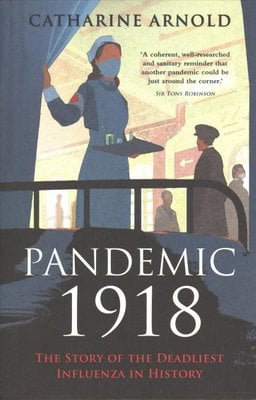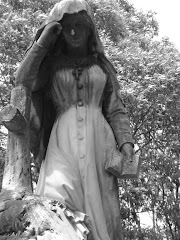
Later excavations at these mass graves found that the bodies were stacked five deep. When this filled up, a local landowner purchased an adjacent 13-acre property for the same purpose. According to William Maitland's 1756 work History of London, the Bishop of London bought a property called "No-Man's Land" to bury the victims of the plague. There was no way these tens of thousands of new dead bodies would ever fit inside existing burial grounds. Arnold estimates that between a third and a half of London's residents died during this 18-month epidemic. Plague isn't directly transmitted from contact with dead bodies, but the presence of fleas or lice that often accompanies those bodies can transmit sicknesses to the living-so keeping dead bodies close to the living helped the disease to spread rapidly.

The arrival of the black plague in fall 1348 changed all this.

Bands of traveling players enacted dramas, and desecration was inevitable, with 'boisterous churls' playing football, dancing, drinking, and fighting on the hallowed ground." Poorer residents did not have an expectation of a dedicated funeral plot, often buried in pits wrapped only in shrouds.Īs Arnold notes, the "bond between the living and the dead was very different from today," namely because the dead were kept so close. Laundry fluttered above the graves chickens and pigs jostled for scraps. As Catharine Arnold writes in her book Necropolis: London and Its Dead, "With land at a premium, churchyards were communal spaces at the core of parish life, more like streetmarkets than parks.

The Christian church was the center of cultural life, and people were buried on church grounds. The residents of medieval London were accustomed to being around the dead.


 0 kommentar(er)
0 kommentar(er)
